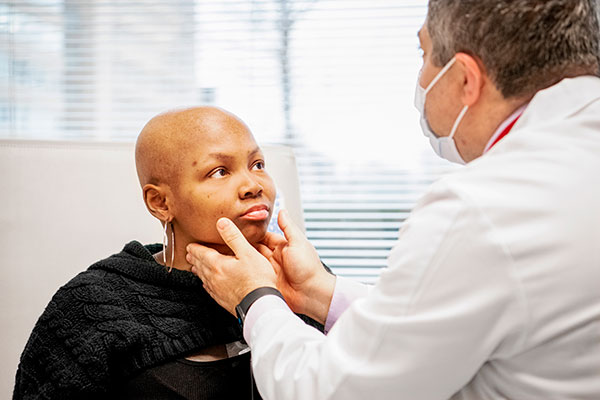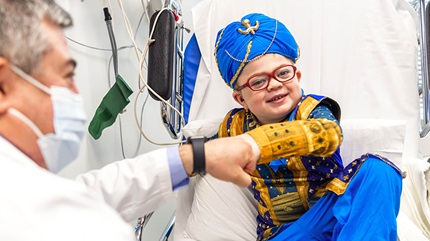Close
Important Updates
Coming to a Cleveland Clinic location?





